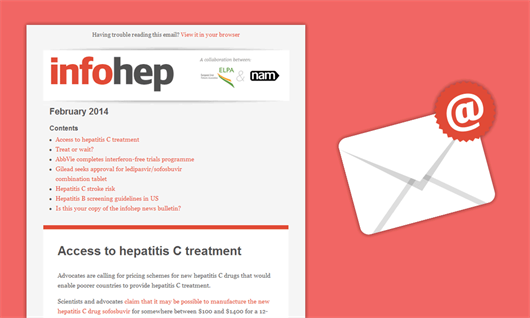A survey of physicians in France, Germany, Italy, Spain and the United Kingdom by Decision Resources Group has found substantial differences in access to new direct-acting antivirals, especially among people with hepatitis C virus (HCV) with less advanced liver disease. Physicians surveyed said that “two-thirds of their genotype-1 and -2/3 HCV patients are non-cirrhotic and thus are not prioritized for treatment.” The survey found that 45% of people with genotype 1 HCV who did not have cirrhosis (‘non-cirrhotic’) and had not taken treatment before (‘treatment-naive’), who were in the care of UK physicians who responded to the survey were being treated with interferon dual therapy or first-generation protease inhibitor triple therapy.
Cost of treatment remains a major barrier. In the United Kingdom, the National Institute for Health and Care Excellence (NICE) confirmed last month that sofosbuvir/ledipasvir (Harvoni), daclatasvir (Daklinza) and Viekirax & Exviera will be made available for treatment of people with HCV genotype 1 and 4 who do not have cirrhosis, in addition to existing recommendations regarding people who have cirrhosis. Sovaldi and Daklinza will be available only to people with genotype 3 who have advanced liver disease. However, NICE said that clinical teams will still be expected to prioritise which patients should receive treatment first, which means that the number of people who can be treated each year will be determined by the prices for drugs negotiated by NHS England.



Connect with infohep on Facebook: Keep up to date with all the latest news and developments.
Follow infohep on Twitter for links to news stories and updates from infohep.org. Follow us at www.twitter.com/infohep.
Follow all the infohep news by subscribing to our RSS feeds.